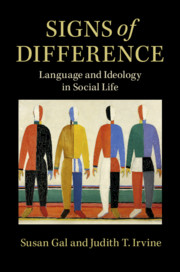1 - Wolof in Senegal
from Part I - Ethnography
Published online by Cambridge University Press: 17 June 2019
Summary
Based on ethnography and published sources, the chapter describes cultural themes constructing a key contrast between ranks within the “caste” traditions of Wolof society. Speech and other forms of conduct of “nobles” (géer) and “griots” (gewel) as ranked categories were constructed as differing between restraint and elaborated expressivity. Differences of speech style displayed and enacted the cultural contrasts. Local explanations attributed these differences to inherited bodily essences, said to define and motivate these person types. While categorizations and explanations depended on an ideology of caste, the ideological work they authorized went further. The differences between the noble and griot “castes” were recursively projected inward from caste categories onto lineage segments and individuals and outward onto categories such as ethnic groups. Some categories of personae, especially the descendants of “slaves,” were erased from this ideologized view. A historical section examines outward projections that situate rural distinctions within wider contexts: the salient urban/rural differences and townspeople’s ideological visions of other languages and nations.
- Type
- Chapter
- Information
- Signs of DifferenceLanguage and Ideology in Social Life, pp. 29 - 57Publisher: Cambridge University PressPrint publication year: 2019
- 1
- Cited by

